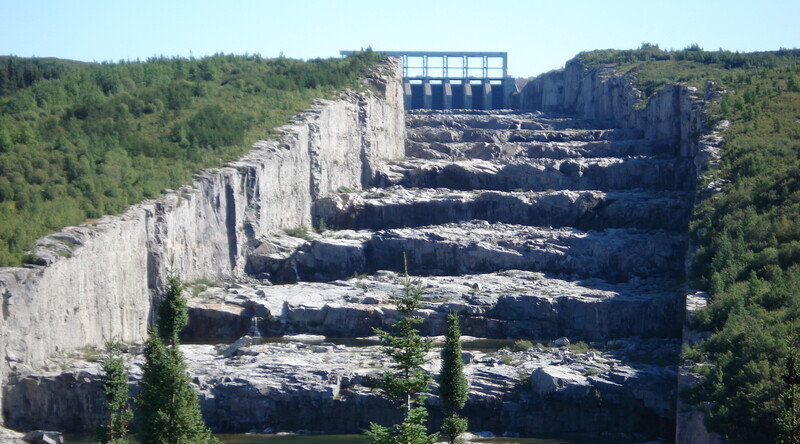Like a university student with a full course load, Hydro-Québec has taken on too much and is running low on energy… literally.
Driving the news: Hydro-Québec (HQ)—Canada’s largest hydroelectric utility—is facing the fact that it soon won’t be able to produce enough electricity to meet commitments to foreign and corporate buyers, while also powering the province towards its carbon neutral goals.
Why it’s happening: Since HQ provides electricity that is cheap and clean—both factors that have grown increasingly important—it's recently found itself with lots of clients, from big companies like GM and Amazon to US states like New York and Massachusetts.
- HQ posted a record $3.4 billion in profit last year, thanks in large part to a surge in US exports, but is now a “victim of [its own] success,” per one energy policy expert.
Why it matters: HQ has spread itself too thin between its commitments to nearby jurisdictions, corporate giants, and, of course, Québeckers. Residents are notably upset; asked to conserve energy as they experience multiple mass outages this year.
- HQ’s reliability has steadily deteriorated in recent years, with outages becoming more frequent and longer, per a recent report from Québec’s auditor general.
What’s next: To have any chance of meeting increased demand, HQ likely must build more dams to cultivate hydropower in addition to updating equipment and expanding wind energy.
Yes, but: Ask any beaver, building dams is no easy task, and building them in Québec is especially complex and expensive since the best rivers have already been dammed. Dam building also emits loads of greenhouse gases, contributing to climate change.
Zoom out: A study from Polytechnique Montréal found that Québec isn’t alone. Most provinces in central and eastern Canada are at risk of failing to meet electricity demands by 2030 as electric vehicle use increases and buildings aim to decarbonize heating.—QH
